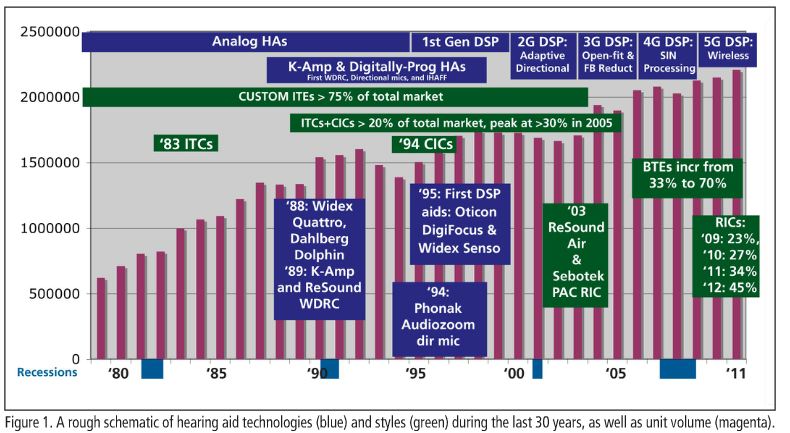Of the many journals I subscribe to, one is the Journal of the Acoustical Society of America. And of the articles that are the most well-read (at least so far in 2017) is “Enhancing monochromatic multipole emission by a subwavelength enclosure of degenerate Mie resonances” and “No correlation between headphone frequency response and retail price”.
Well, I don’t have to tell you that I fell asleep while trying to read the title of the first one, but the second one piqued my interest.
There has been a very long history of trying to seek out “objective” measures that correlate with subjective preferences. The loudspeaker industry, for example, has a long history of playing the same music through the same physical box in the same room setup and size; the only difference being what was in the loudspeaker box. Researchers and manufacturers have looked at crossover frequencies of various loudspeakers in the enclosure box, roll-off of the responses of each of the various loudspeakers, distortion levels, and of course frequency response.
Subjective preferences are highly variable and it is no surprise that two seemingly identical setups can result in differing preferences. This has been the bane of many loudspeaker manufacturers over the years and account for why all engineers in these facilities are bald- they just pull their hair out in frustration.
The same has been true of the hearing aid industry as well. I recall some “old timers” chatting over a beer and their formula for coming up with the best sounding hearing aid (in the 1970s) was to draw horizontal line 20 dB below the peak of the frequency response and located where it intersected the curve on both sides. This bandwidth needed to be greater than 3 octaves and the wider it was, the better the hearing aid sounded. Of course we now also know that the “balance” of high frequency and low frequency gain is of great importance in optimizing sound quality- one cannot simply increase the high frequency gain without also increasing the low frequency amount of gain as well. This clinical gem came from the work of Margo Skinner in the 1980s.
This type of frequency response analysis became part of the definition of frequency response that we now use today with ANSI S 3.22 but it was (and is) not that simple. (And of course, ANSI S 3.22 is merely a reporting standard and not a performance standard).
In any event, back to headphones and the article in question. This article was written by Jeroen Breebaart when he was down in Australia. From his contact information in the article, he doesn’t seem to be associated with a university, but that in itself can be a benefit. After all, Albert Einstein did all of his great work in 1905 while working at his uncle’s patent office. Also, if an article is published in the Journal of the Acoustical Society of America (known lovingly by its acronym JASA), you know it must be well-done and has gone through a layer or two of peer review by some of the most brilliant people in the field…. No I didn’t review this article before it was published!
Breebaart analyzed earphones in order to determine if there were any correlations between frequency response, headphone type, and retail price. He used retail price as an indicator of “preference” although that may have been a pernicious assumption. In any event, 283 headphones were purchased and they were categorized according to in-ear, supra-aural, and circumaural types. Breebaart then examined parameters such as spectral tilt, variability in low frequency bass response, and of course frequency response (at least out to 20,000 Hz).
Among other things, Breebaart noted that they had a spectral peak around 3500 Hz, followed by a second resonance at 10,000 Hz (perhaps a second mode of a quarter wavelength resonance, or the third mode of resonance of a half wavelength resonator of the 3500 Hz region?) and a roll-off near 19,000 Hz.
The responses were rather similar with the in-ear headphones providing a better low frequency response (presumably related to a better seal in the ear canal) and a broader resonance in the 2000-5000 Hz region (presumably to offset the insertion loss of having something in the ear canal).
Of interest is that the frequency response variation seemed to decrease with increasing price and this was especially true of the low frequency (below 100 Hz) variation with increasing price. It seems that increasing price perhaps came from the better quality control of the headphones?
Overall, other than reduced variability (perhaps related to manufacturing processes), there did not appear to be a high correlation between any of the physical measures that were made and retail price.









